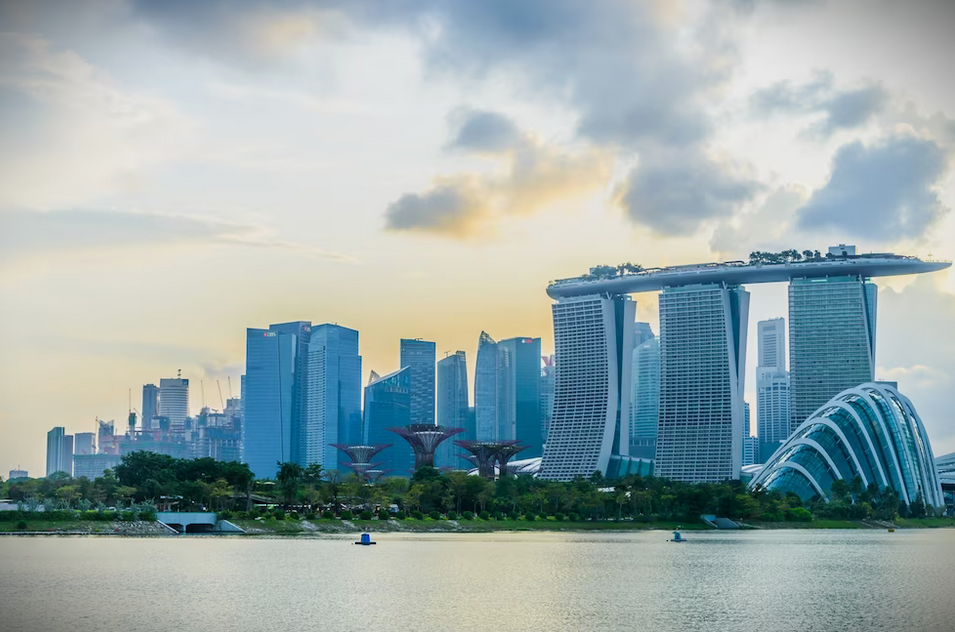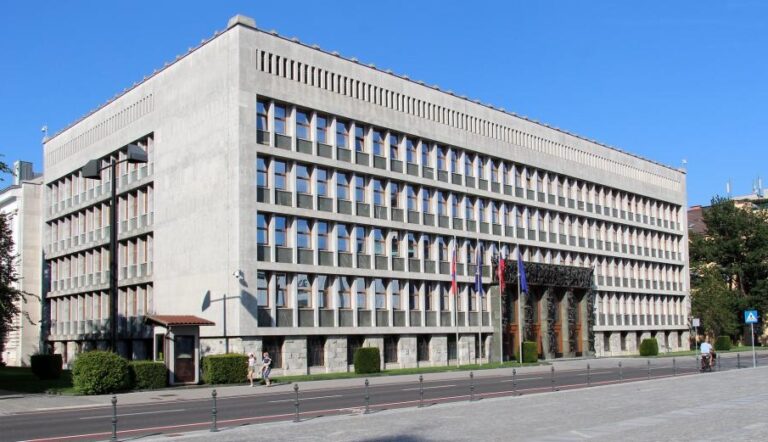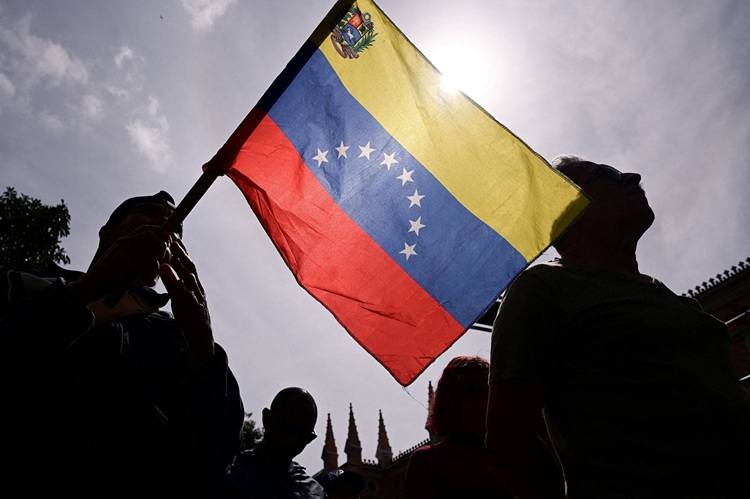Asean is enhancing its efforts towards economic integration to enhance cross-border trade and investment interactions. This endeavor includes tapping into a prospective $2 trillion (S$2.7 trillion) digital economy by 2030.
During the 55th Asean Economic Ministers’ (AEM) meeting held over the weekend in Semarang, Indonesia, the agenda featured discussions about a comprehensive digital economy agreement for the region. As a result of this meeting, the AEM endorsed a study on the Asean Digital Economy Framework Agreement (DEFA), paving the way for negotiations on this pact among the 10 member nations. A joint statement from Asean confirmed this development.
The official launch of the DEFA negotiations is anticipated to occur at the 23rd Asean Economic Community (AEC) council meeting. The agreement is set to gain full acknowledgment from Asean leaders at the 43rd Asean Summit scheduled for September in Jakarta.
Projections from the Boston Consulting Group suggest that Asean’s digital economy will grow threefold by the decade’s end due to the organic adoption of digital technologies. This would elevate the economy to nearly $1 trillion by 2030, up from the current $300 billion. However, with progressive rules outlined in the DEFA, this contribution could double to reach $2 trillion, according to a separate statement from Asean.
The recently concluded AEM meeting in Semarang reaffirmed Asean nations’ dedication to maintaining an open, interconnected, and integrated approach. Fostering a rules-based trading environment and harnessing the potential of digitalization and sustainability remain crucial for businesses across the region. Collaboration among member states is aimed at strengthening Asean’s appeal as a compelling hub for global trade and investment.
Singapore offers a concrete example of Asean’s significance, being both the largest trading partner in goods and the primary investment destination for the country. In 2022, Singapore’s total goods trade with Asean reached $344.3 billion, marking a 19% increase from the preceding year. Singapore’s investments into Asean also rose by 8% to $23.9 billion in 2022.
The AEM gathering witnessed the completion of the Asean Services Facilitation Framework, intended to create a more transparent and predictable business landscape for cross-border trade in services within the region. Additionally, various mutual recognition agreements were established in areas such as construction materials and food safety regulations.
At the meeting, the Asean Tariff Finder was launched, offering a convenient platform for businesses to access up-to-date information on trade regulations and tariff rates within Asean.
A memorandum of understanding was also signed between Asean ministers and the World Intellectual Property Organization. This partnership aims to assist regional businesses in effectively utilizing and monetizing their intellectual property. One of the initiatives introduced is a consolidated platform for businesses to search Asean intellectual property data.
The meeting acknowledged the ongoing progress of negotiations led by Singapore for an upgraded Asean Trade in Goods Agreement. This agreement aims to encompass not only traditional goods trading but also emerging matters such as digital trade, trade and environment, and trade during crisis situations.
Furthermore, the meeting recognized that while global inflation had eased, the prices of food and energy commodities remained unstable due to supply disruptions arising from the prolonged Eastern Europe conflict. It also acknowledged the potential impact of extended monetary policy tightening by major economies on global economic growth prospects. Nevertheless, the meeting indicated that the region’s banking sector remains stable.
(Source: Angela Tan | The Straits Times)









